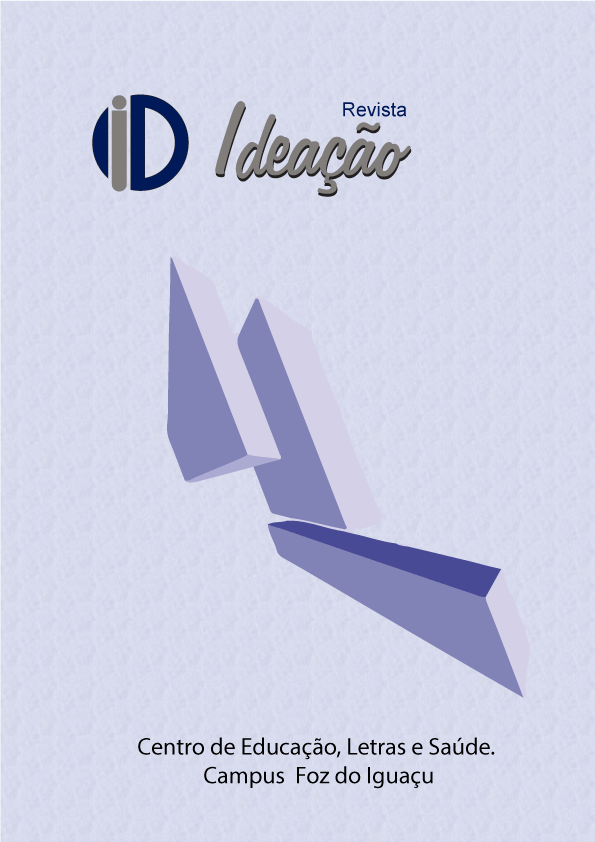CONHECIMENTOS E COMPORTAMENTOS DE ADOLESCENTES SOBRE FATORES DE RISCO PARA USO DE DROGAS
DOI:
https://doi.org/10.48075/ri.v17i1.13018Palavras-chave:
Fatores de risco, Fatores de proteção, Adolescência, Drogadição.Resumo
O uso de drogas na adolescência está relacionado a inúmeros fatores biopsicossociais. Pesquisas apontam que: envolvimento com pares que usam drogas, afastamento da família, abandono da escola, e disponibilidade das drogas são fatores de risco. Já o apoio familiar, laços com instituições sociais e a participação em atividades extracurriculares são fatores de proteção. Este estudo teve como objetivo identificar como um grupo específico de adolescentes pensa e se comporta diante das drogas. Participaram 22 adolescentes do Projovem Adolescente de Foz do Iguaçu - PR, com idades entre 14 e 18 anos. Os dados foram coletados através de entrevista semiestruturada. Os resultados mostraram que o uso de drogas para esses adolescentes se inicia por curiosidade, pressão dos pares ou pela disponibilidade das drogas. A maioria deles não relacionou álcool como droga, o que mostra que as informações recebidas ainda são insuficientes. Percebeu-se que os jovens sabem como conseguir drogas (25,5% relacionam traficantes e 21,3% citam pessoas próximas) e percebem a família enquanto fator de risco (16,7%) e proteção (27,5% e 21,7%). Também reconhecem as amizades enquanto fator de risco (26%). Conclui-se que é importante ouvir conhecimentos e necessidades dos adolescentes para planejar ações preventivas e também focar estas ações na família.
Downloads
Publicado
Como Citar
Edição
Seção
Licença
Política para Periódicos de Acesso Livre
Autores que publicam nesta revista concordam com os seguintes termos:
1. Autores mantém os direitos autorais e concedem à revista o direito de primeira publicação, com o trabalho simultaneamente licenciado sob a Licença Creative Commons Attribution que permite o compartilhamento do trabalho com reconhecimento da autoria e publicação inicial nesta revista.
2. Autores têm autorização para assumir contratos adicionais separadamente, para distribuição não-exclusiva da versão do trabalho publicada nesta revista (ex.: publicar em repositório institucional ou como capítulo de livro), com reconhecimento de autoria e publicação inicial nesta revista.
3. Autores têm permissão e são estimulados a publicar e distribuir seu trabalho online (ex.: em repositórios institucionais ou na sua página pessoal) a qualquer ponto antes ou durante o processo editorial, já que isso pode gerar alterações produtivas, bem como aumentar o impacto e a citação do trabalho publicado (Veja O Efeito do Acesso Livre).
Licença Creative Commons
Esta obra está licenciada com uma Licença Creative Commons Atribuição-NãoComercial-CompartilhaIgual 4.0 Internacional, o que permite compartilhar, copiar, distribuir, exibir, reproduzir, a totalidade ou partes desde que não tenha objetivo comercial e sejam citados os autores e a fonte.


